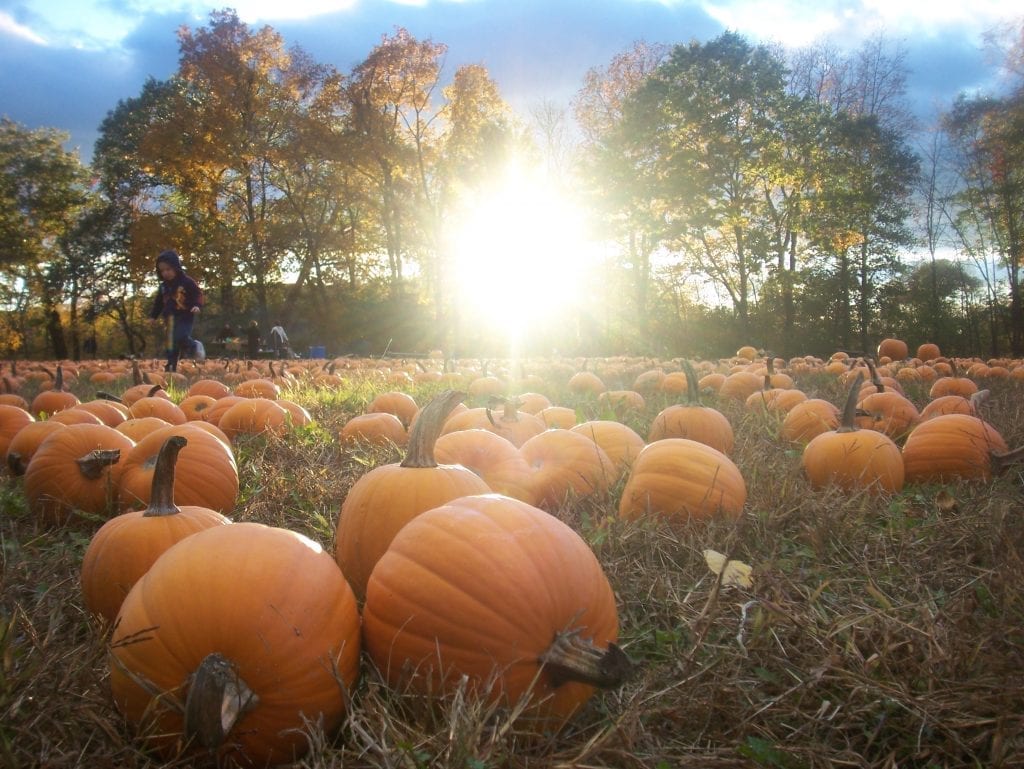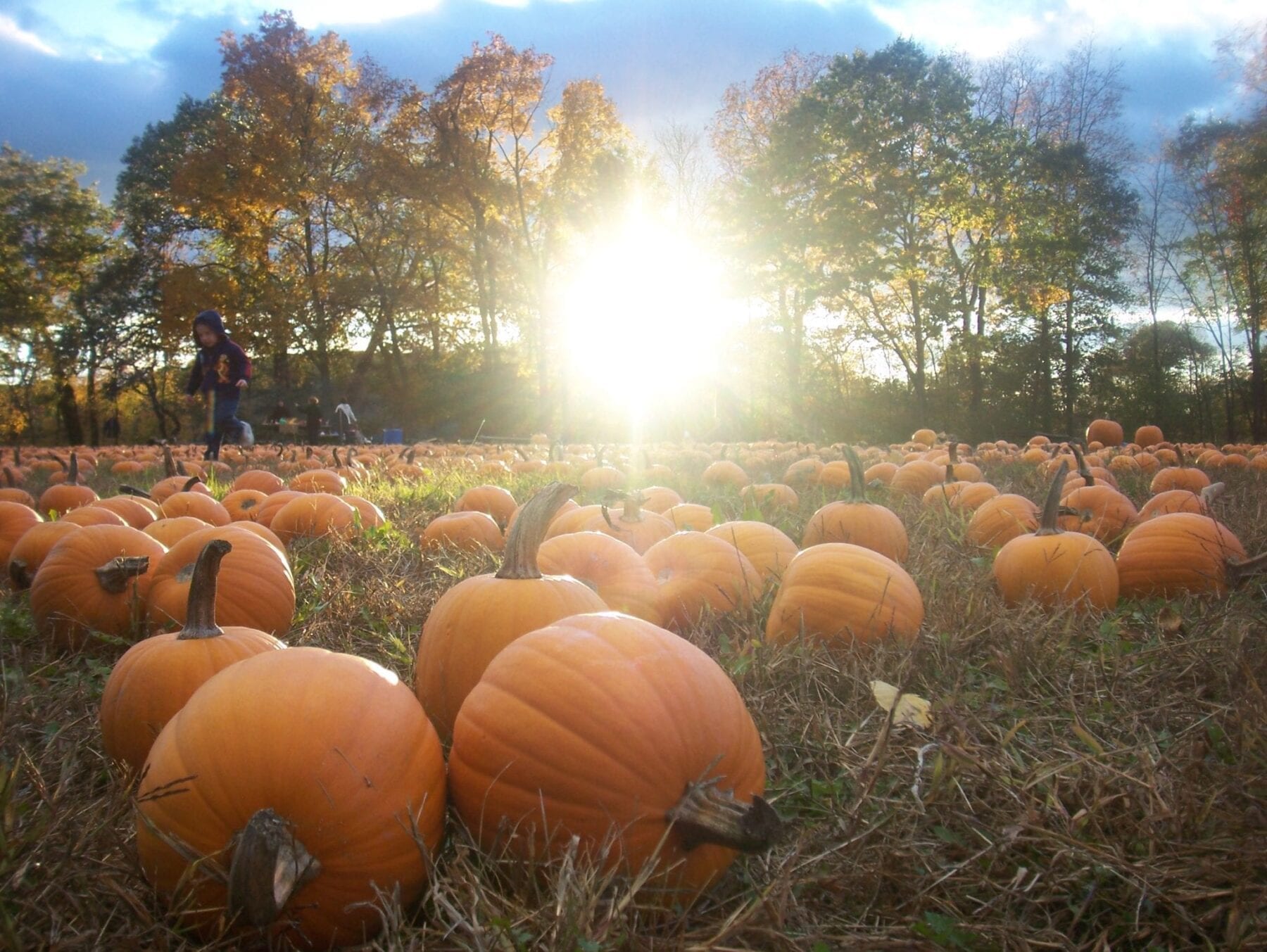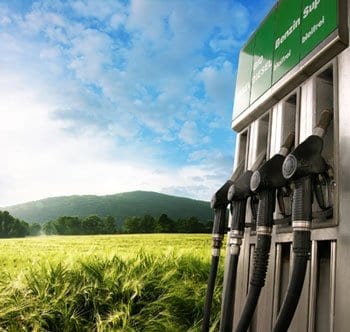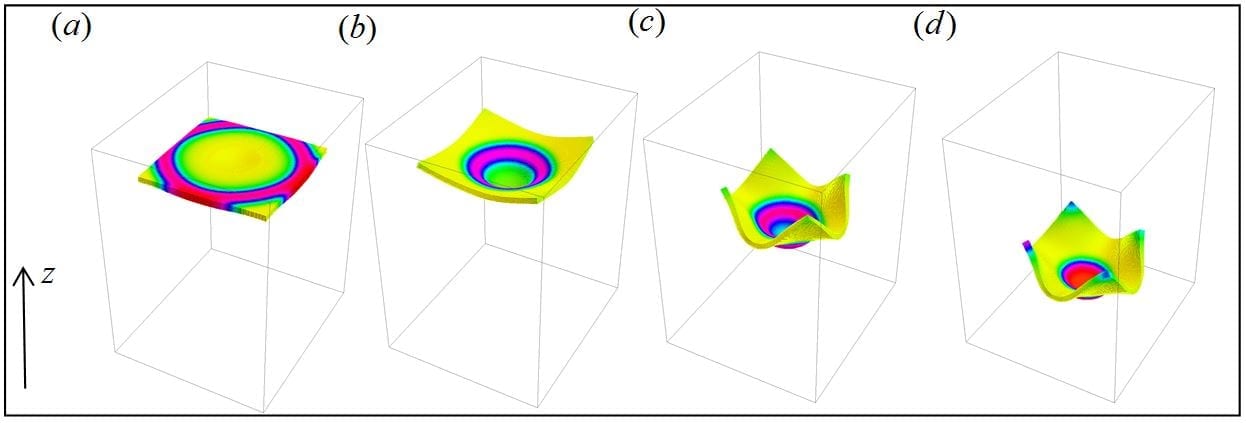
Much attention has been given to dedicated, perennial bioenergy crops to meet the revised Renewable Fuel Standard mandating production of 36 billion gallons of biofuel by the year 2022. Even so, concern remains over the impending need to convert as much as 30 million acres of U.S. crop land, which would include food crops, to land for perennial energy crops in order to meet that demand.
Researchers realize that biomass feedstocks will need to come from many different sources, including crop residues, forest residues, and municipal waste, for example, said Marty Williams, a University of Illinois crop scientist and ecologist with the USDA-Agricultural Research Service. The use of double-cropping systems—a winter annual biomass crop is grown then harvested in the spring, followed by a summer annual crop—has been suggested as an additional option.
Knowing that many large-seeded vegetables in the Midwest must be planted later than agronomic crops into warmer soils, Williams was interested in the possibility of developing a bioenergy feedstock/vegetable double-cropping system. He explained that no such system had been developed and tested yet.
“Some vegetables have relatively short growing seasons, too. Rather than the standard fallow period for certain vegetables, what about integrating a bioenergy crop as a part of a double-cropping system?” Williams said.
Williams chose a vegetable crop popular in the state of Illinois, pumpkin, to be used in the double-cropping system study. “We took a fairly simplistic look at comparing this bioenergy/vegetable double-cropping system with traditional vegetable production using processing pumpkin,” Williams explained. “Illinois leads the nation in pumpkin production, providing some 90 percent of the processing pumpkin in the United States.”
Field trials were conducted over three environments. During the study, Williams compared crop productivity and weed communities in four different pumpkin production systems, varying in tillage, cover crop, and bioenergy feedstock/pumpkin double-cropping. A fall-planted rye (Secale cereale) mix was used as the biomass feedstock.
“In the end, winter rye may not be the best feedstock crop to use,” he explained. “It was more of a model crop for us for our system. It grows well and has several desirable traits. Seed is relatively inexpensive and the plant is hardy.”
Interestingly, the researchers saw pumpkin yields in the double-cropping system were comparable to conventional pumpkin production. However, the biomass feedstock also yielded an average of 4.4 tons per acre of dry biomass prior to pumpkin planting. “We saw a theoretical yield of 349 gallons of ethanol per acre, and a higher farm gate value than typical pumpkin production,” Williams said.
“It looks promising,” he added. “The biomass yield wasn’t as high as something like Miscanthus, but we’re producing feedstock and not taking land away from food production. Moreover, the cropping systems were not optimized, such as for soil fertility, so our economic estimates are likely conservative.”
Read more: Food and fuel: A model for bioenergy feedstock/vegetable double-cropping systems
The Latest on: Bioenergy feedstock/vegetable double-cropping systems
[google_news title=”” keyword=”Bioenergy feedstock/vegetable double-cropping systems” num_posts=”10″ blurb_length=”0″ show_thumb=”left”]
via Google News
The Latest on: Bioenergy feedstock/vegetable double-cropping systems
- Feed has no items.
via Bing News











